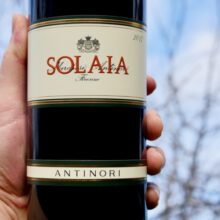
Product information
Marchese Antinori Solaia Toscana IGT 2017
Red Blend from S.Casciano Val de Pesa, Chianti Classico, Tuscany, Italy
$760
Description
There are so many Super Tuscans made from Bordeaux varieties that do my head in. Somehow, they just don’t get it right.
Solaia is not one of them. Antinori kick out some exceptional vino under this label!
They continue to push and build silky tannins and finesse into the mouthfeel, with a focus on energy and vibrancy over the last few years.
Seems everyone else agrees with me on this one too!
Following the bolder 2015 & 2016 vintages, the restraint in 2017 often sees it underrated. I suspect that will change over time. It’ll be fun to see!
Out of stock
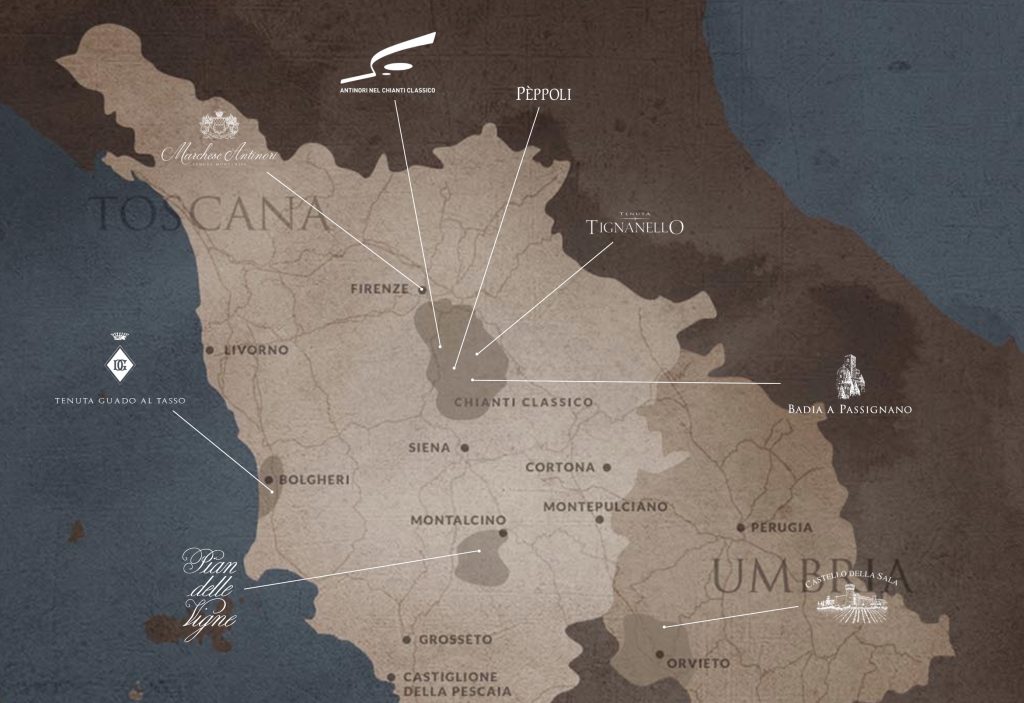
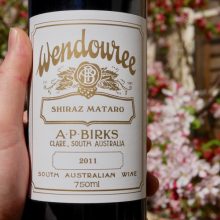
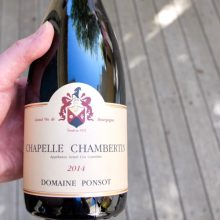
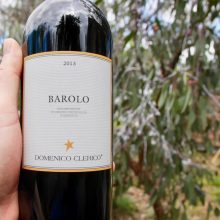
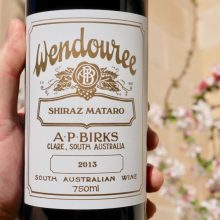
You must be logged in to post a comment.